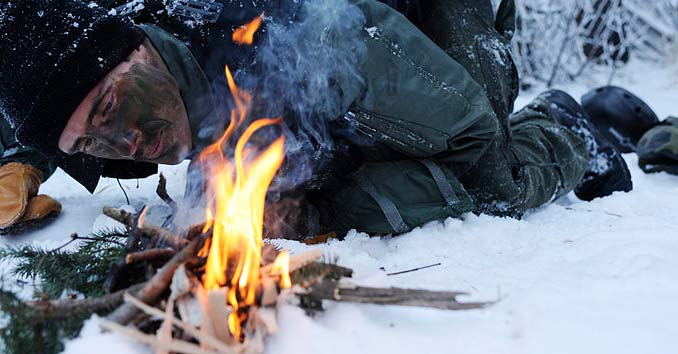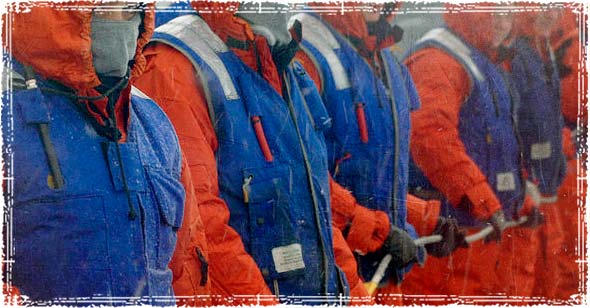
Hypothermia is a medical emergency that hikers need to be aware of because it can hit you when you least expect it. Hypothermia happens when your body starts to lose heat faster than it can produce it, causing your body’s core temperature to drop to the point where normal function is impaired.
We all know that the average body temperature is somewhere around 98.6 F. Hypothermia occurs when your body’s core temperature drops below 95 F. When this happens, your heart, nervous system, and other organs stop functioning normally and eventually completely shut down.
While most people think of hypothermia as something that only happens in the winter, it’s actually very common to see hikers suffer from this condition throughout the year – even in the summer.
A sudden change in weather is all it takes for someone to fall victim to hypothermia.

Contrary to popular belief, temperatures don’t have to fall below freezing for hypothermia to occur. All it takes is weather cold enough to lower a person’s core body temperature below 95° F.
When hiking, it’s not uncommon for the weather to drop 20-40 degrees at night. Throw in an unexpected thunderstorm, and you have a recipe for trouble. Once those nighttime temperatures drop, a hiker wet from rain and sweat can be affected by hypothermia in a matter of hours.
Stages of Hypothermia
| Stages | Signs |
| Mild |
|
| Moderate |
|
| Severe |
|
Preventing & Treating Hypothermia While Hiking

Stay Hydrated: While it’s more important to stay hydrated during extreme heat, staying well hydrated during cold temperatures will help your body maintain its normal functions. This is especially important when your core body temperature starts to drop, and your organs are already struggling to keep you alive.
Keeping yourself hydrated and well fed can help maintain your core body temperature.
Stay Dry. It’s crucial to start drying off once you get closer to the evening hours. If you have been swimming, or are soaked with sweat from a hard day of hiking, take the last couple of hours before sunset to dry off or change into a dry pair of clothes. Going to bed wet can be deadly.
Reduce Heat Loss: If you in the wilderness, one of the first things you need to do is minimize the amount of heat that your body is losing. Try to insulate your body from the elements by shoving material into your clothing. Everything from pine branches and leaves, to dry grass and fibrous plant materials can be used to help insulate yourself from the outside air.
Add Heat: If you have the ability to start a fire, do so immediately. Not only will the fire provide you with an immediate heat source, but you can also heat up water bottles or warm rocks that can use to heat your sleeping bag throughout the night.
Activity: Once you’re tucked away in your sleeping bag, periodically wiggle your toes, move your hands and arms, and try to move around as much as possible. If things take a turn for the worse, increasing your physical activity by doing things like pushups and jumping jacks can help increase your core temperature.
Share body heat. If you are with someone who is starting to go into the danger zone, you can warm their body with your own body heat. Remove your clothing and lie next to them, making skin-to-skin contact. Then cover both of your bodies with blankets and insulating materials.




Is it true that cuddling naked helps too?